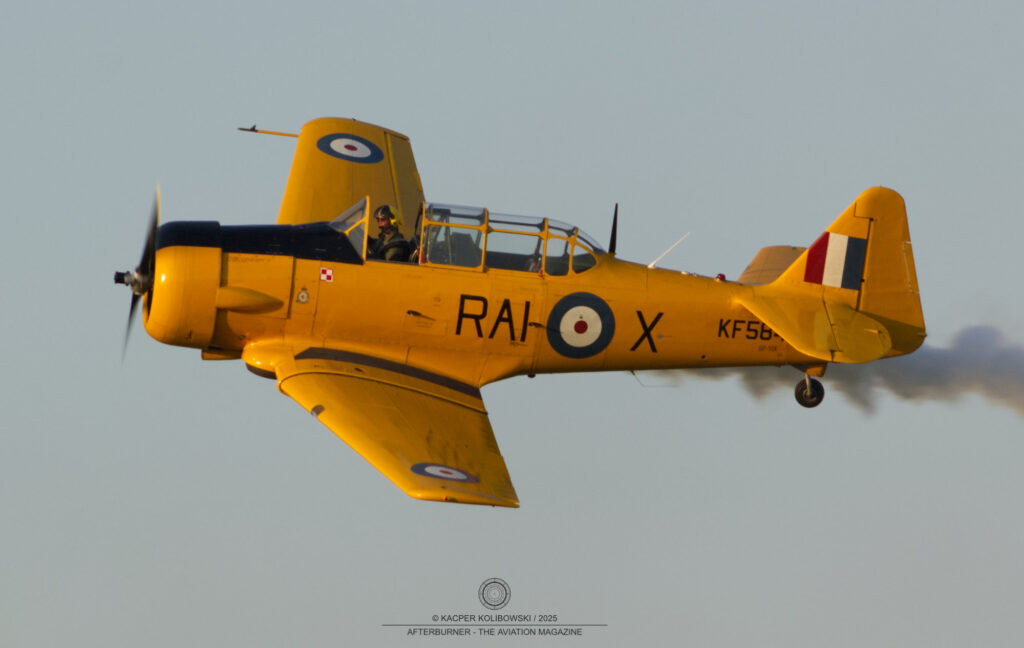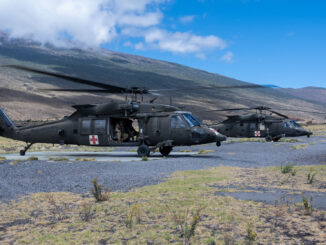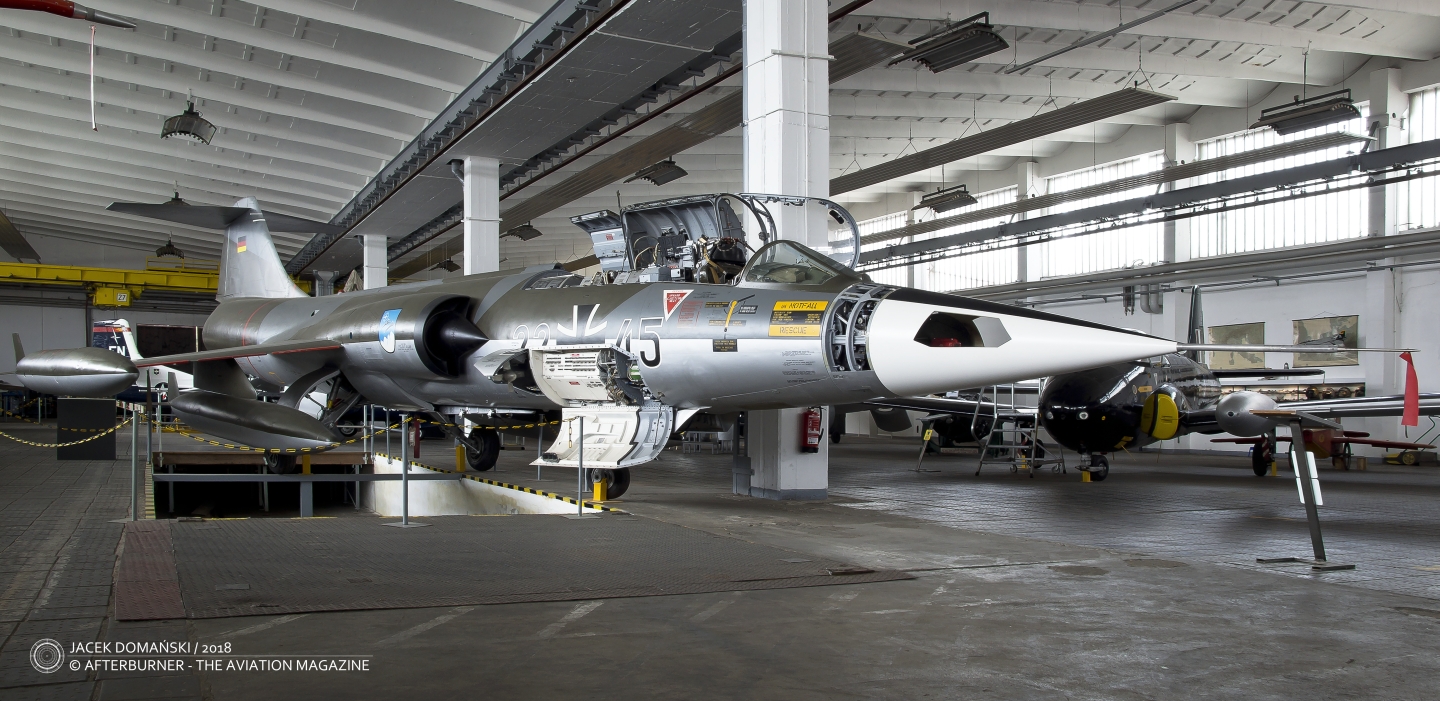
Canadian Car and Foundry AT-6 Harvard Mk IV (c/n CCF-4-409, SP-YIX, formerly ´51-17227´ of the United States Air Force and ´MM5384´ of the Italian Air Force), performing an evening flying display in the golden light of sunset, during Płocki Piknik Lotniczy 2025, Płock, August 2025.
Many aircraft have achieved iconic status in the history of aviation. One of them is definitely the North American Aviation T-6. Known to generations of pilots and aviation enthusiasts simply as the Texan or Harvard, this robust training aircraft prepared thousands of young aviators for flying fighter aeroplanes during and after World War II. Decades after its first flight, the T-6 remains one of the most recognisable and beloved aircraft in the world.
On 1st April 1935, the prototype of the NA-16 training aircraft took to the skies for the first time. And it was just the NA-16 that initiated a line of closely related training aircraft manufactured by North American Aviation (NAA), which ultimately led to the creation of the AT-6.
In March of 1937, the modified aircraft, now designated NA-26, officially entered the competition for the new United States Army Air Corps (USAAC) trainer. Compared to the NA-16, it had a 30 cm longer wingspan and was the first aircraft in the series to be equipped with retractable landing gear. The redesigned aeroplane was powered by a larger, 550 hp Pratt & Whitney R-1340 Wasp engine. Additionally, the NA-26 could be armed with two .30 cal. (7.62 mm) machine guns.
Following evaluation and testing by the USAAC, the NA-26 was selected as the new training aircraft and serial production was approved by the Army. On 9th June 1937, 177 of those aeroplanes entered service with the USAAC as the BC-1 (with BC coming from Basic Combat). About thirty of them were converted for instrument training. The armed BC-1A came as next, later redesignated AT-6 Texan (with AT standing for Advanced Trainer) and considered to be the one to commence the iconic aircraft family.
A further 400 aircraft were delivered to the Royal Air Force. In service with the British forces, the aeroplane was designated AT-6 Harvard and shortly after this name was widely adopted throughout the Commonwealth countries.
The United States Navy also received the new training aircraft. Starting with sixteen modified examples, designated SNJ-1, followed by a further sixty-one equipped with a different engine and known as SNJ-2 (with S standing for Scout, N for Trainer and J being the code for the manufacturer).
In March of 1937, the Australian Commonwealth Aircraft Corporation purchased the NA-32 and NA-33 versions of the aircraft, as well as a licence to manufacture them. This resulted in the construction of as many as 755 CAC Wirraway aeroplanes.
Interestingly, four NA-16 aircraft were purchased by Japan in 1937. However, after evaluating them, the Imperial Japanese Navy rejected the NA-produced trainers. Instead, Mitsubishi Jukogyo K.K. developed a similar aeroplane, the K10W1, and produced 176 of them. After World War II, however, the newly established Japanese Air Self-Defence Force decided to acquire American-made Texan aeroplanes.
In 1938, NAA started producing the first aeroplanes designated AT-6 and intended specifically for England and Canada. Yet in the same year the British Commonwealth began receiving the first of 400 ordered AT-6 Harvard Mk I aircraft and then placed large orders for the AT-6 Harvard Mk II trainers for the Royal Air Force and Royal Canadian Air Force.
The AT-6 peak production figure of approximately 15,495 examples completed during World War II was reached primarily with the AT-6C/D for the USAAC and the SNJ-4 and SNJ-5 for the US Navy. To boost the output, besides the primary production line in NAA plant in Inglewood, California, also a secondary production line was opened in Dallas, Texas.
Additionally, over 5,000 Harvards were in service with the Commonwealth air forces at that time. Since the early 1940s, also Noorduyn of Canada started manufacturing the aeroplanes, specifically for the British Commonwealth Air Training Plan. The Canadian manufacturer built as many as 2,557 Harvard Mk II trainers under the Lend-Lease Act and then the Mutual Defence Assistance Programme (MDAP).
Since 1946, the Harvard Mk IV aircraft were also built under licence by the Canadian Car and Foundry company. The trainers were designated T-6J and intended for export under the MDAP. The Canadian manufacturer produced a total of 555 Harvard aeroplanes.
In 1948, the newly formed United States Air Force (USAF) redesignated the trainer as the T-6, followed by the US Navy in 1962. After the World War II, many of the aircraft still in American service were remanufactured as T-6Gs and featured improved fuel capacity and armament options. The USAF continued to use them for training purposes and during the Korean War.
Although many AT-6 aeroplanes were still operational all over the world after the end of the World War II, some began to find their way to civilian owners as they were being gradually sold off from military surplus stocks. This, combined with the fact that approximately 17,000 aircraft from the AT-6 family were produced in total, have made the Texan one of the most popular warbirds in the world, even today. The exact number varies depending on the source, but it is estimated that currently there are between 350 and 600 airworthy AT-6s in the world.
One such aircraft, which continues to delight aviation enthusiasts to this day, is presented today within our Photo of the Week series.
The aeroplane was built by the aforementioned Canadian Car and Foundry at Fort William, Thunder Bay in Ontario as the Harvard Mk IV. Around 1951, it was commissioned by the United States Air Force under the serial number 51-17227 and, subsequently, was acquired by Aeronautica Militare (the Italian Air Force), as MM53846.
In 1981, the aircraft was withdrawn from military service. Soon afterwards, the Harvard was acquired by its first private owner from England.
In 2017, this iconic warbird was purchased by Jacek Mainka and transferred to Poland. The aeroplane wears post-war, high visibility ´trainer yellow´ livery, used by the Commonwealth countries. However, the traditional paint scheme was enhanced with a small addition – a checkerboard, the symbol of the Polish Air Force, placed under the cockpit on the side of the fuselage.



